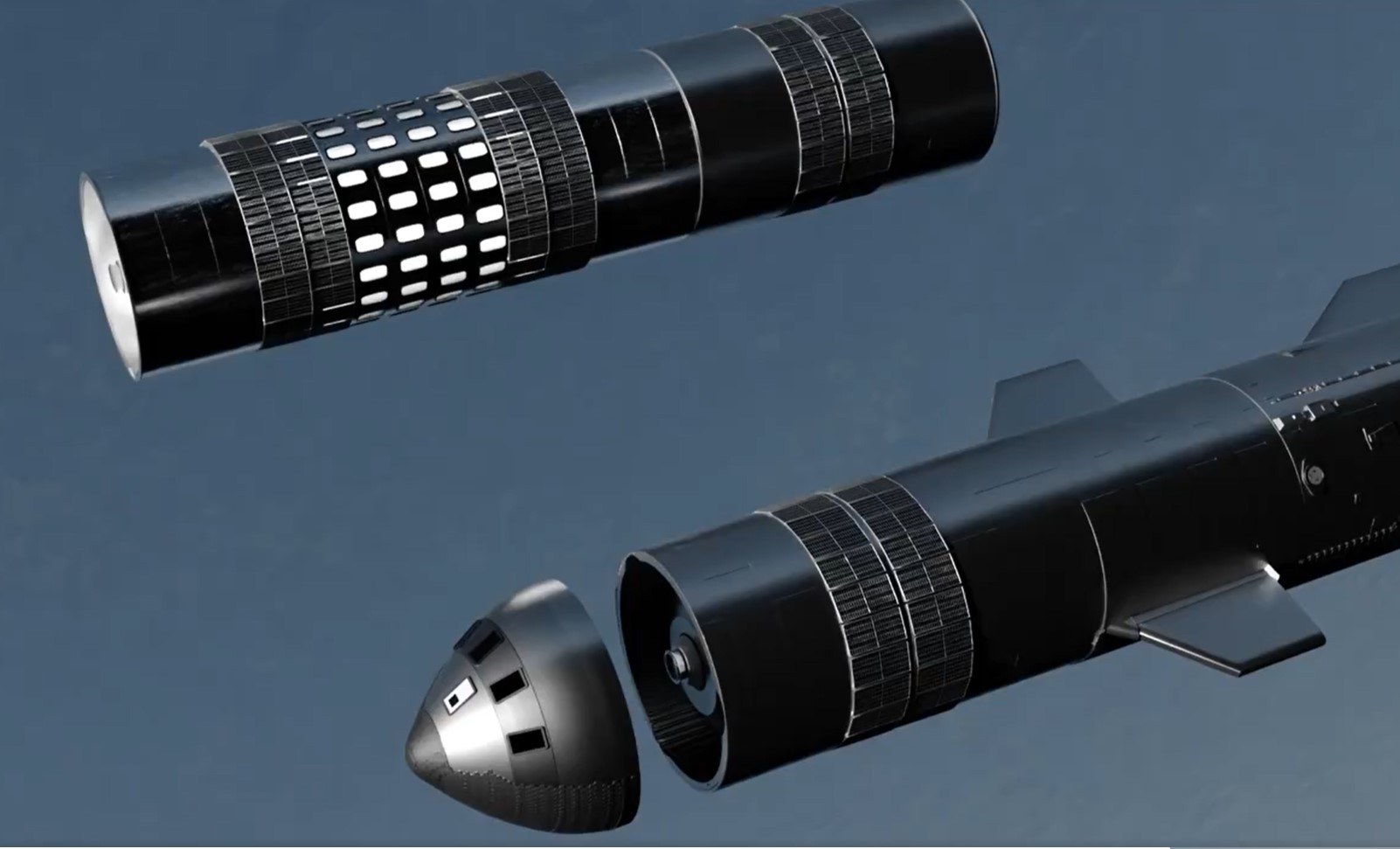One of the key benefits of the Modular Starship design is that if enables variation of the Payload Pods, independent of the rocket section.
As such, the rocket section can be mass produced without changes as any customization is only needed in the Payload Pod or Nose sections of the ship.

Mass production of Payload Pod Shells
SpaceX will never be able to keep up using standard Starships with all the specializations needed for the many missions a Modular Starship allows. Conversely, private companies and government agencies will not be able to keep up with the payload capacity of many Modular Starships.
However, big gains could be made if SpaceX mass-produces Payload Pod Shells that vary in length and width. Commercial partners can then take these shells and fit them out internally to suit the mission profile needed.
These shells become part of the customer payload rather than just being a vessel for it. As they are already space ready and tested, payload fitout is much quicker and easier, with customers focused on the operation aspect of the satellite, not the structure.
Mass produced shells would probably come in several lengths, with some being sealed, possibly with windows and hatches, and some that open up to space similar to the Space Shuttle doors to allow comms arrays or similar to work.
Since customers wouldn't have to worry about getting to space or moving around once there, they could focus on the interior of the pod, be it a space station, telescope, moon module or whatever they can dream up.
Fewer Starship Models Needed
With the introduction of Modular Starships, only a few different models ever need to be made - the current design, a Starlink one and Modular Starship. Eventually the first two will most likely not be needed either.
Modular Starships will only every travel to LEO. The payload pods dock together in LEO to for larger ships as needed for each mission.
Tugs will handle any deployment of payloads beyond LEO including higher earth orbit and deep space missions.
The current Starship will be used to deploy traditional satellite designs that don't take advantage of the Payload Pod Shell possibilities.
Since all Modular Starships return to earth, the number of launches will dramatically increase. Turnaround speeds up as the ship doesn't need to be returned to a bay for payload loading. The tower just removes the Nose from the rocket section, picks up the next payload pod, places it on top, puts the nose back on and then is ready to launch again.
Lets say the factory produces 100 Starships a year. 90% of those are required for deep space missions giving only 10 starships for reuse. With the modular starship where every single ship returns, all 100 would be available for reuse - an exponential increase in the amount of launches possible.
The problem will be producing enough payload for that many launches - a nice problem to have.🙂
Since there are fewer starship designs, production of new ships will increase as there is no customizations during the build.
As Elon Musk has stated about building spaceships, "The thing that’s really hard is making a lot of them. You can build one rocket, but building a hundred that work every time—that’s where the real engineering comes in." and "Designing Starship was not the hardest part. Figuring out how to build them at scale, quickly and cheaply—that’s what keeps us up at night."
Maybe the Modular Starship is the solution he needs.
Next . . .
Part 4 of the Modular Starship series looks at the power of the Space Tug - the future of space exploration.